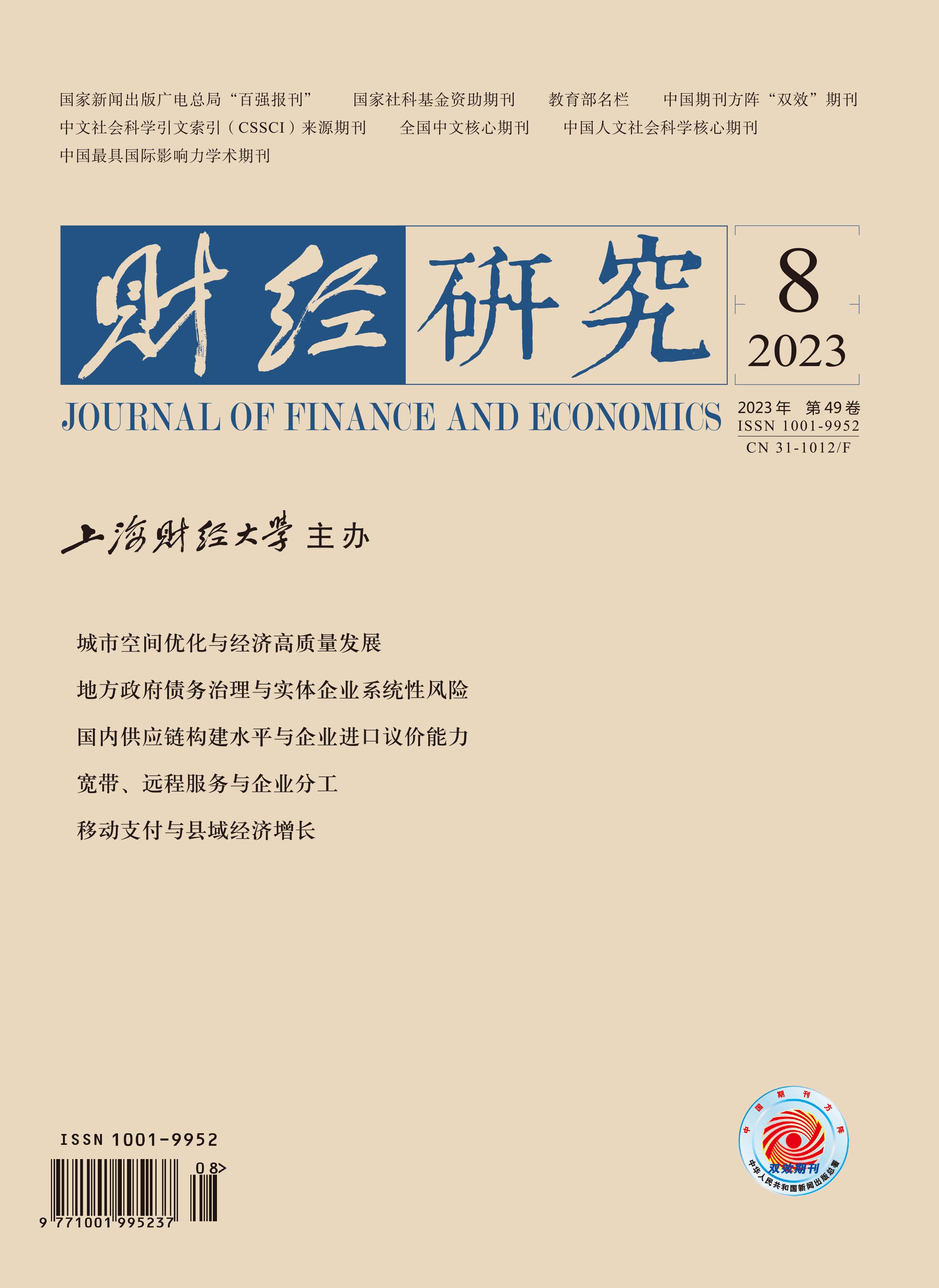As a major country with an open economy, China’s opening up benefits are relatively low, and there is an obvious problem of “big but not strong”, which is mainly reflected in the lack of bargaining power in the international market. Under the new development pattern that emphasizes the interaction between domestic and international dual circulation, can the construction of domestic circulation effectively improve the benefits of China’s participation in international circulation?
From the perspective of domestic industrial resource integration, this paper makes an in-depth study of how the construction of domestic supply chain affects the import bargaining power of enterprises. The findings are as follows: First, since China’s entry into the WTO, the construction of domestic supply chain and the import bargaining power of Chinese listed manufacturing companies have shown a trend of first suppression and then increase. Second, the construction of domestic supply chain effectively enhances the import bargaining power of enterprises, which is particularly significant in high-tech intensive sectors, private enterprises, coastal areas, processing trade enterprises, and downstream enterprises of the global value chain. Third, the import substitution effect, technological progress effect and enterprise growth effect are important ways for the domestic supply chain to improve the import bargaining power of enterprises. Fourth, compared with the provincial supply chain, the construction of intra-regional supply chain, cross-regional supply chain and national supply chain that break the boundary of the local market plays a more obvious role in improving the import bargaining power of enterprises. The above conclusions provide a theoretical basis and empirical cases for the idea of improving the benefits of opening up through the integration of domestic resources, and provide support for resisting various forms of “small circulation within the province” thoughts and behaviors and promoting the construction of a unified domestic market in China.
The academic value of this paper is mainly reflected in three aspects: First, from the perspective of the impact of domestic supply chain construction on the import bargaining power of enterprises, it deeply studies the linkage between domestic circulation and international circulation. Second, it uses the supply chain information database of listed companies for the first time to analyze domestic specialization and supply chain construction from the micro dimension of enterprises. Third, different from the existing literature that indirectly measures the bargaining power of enterprises based on the degree of customer purchase concentration, it directly measures the import bargaining power of enterprises from the perspective of income distribution, thus providing a new perspective for the study of the heterogeneous trade theory.





 7182
7182  7851
7851

